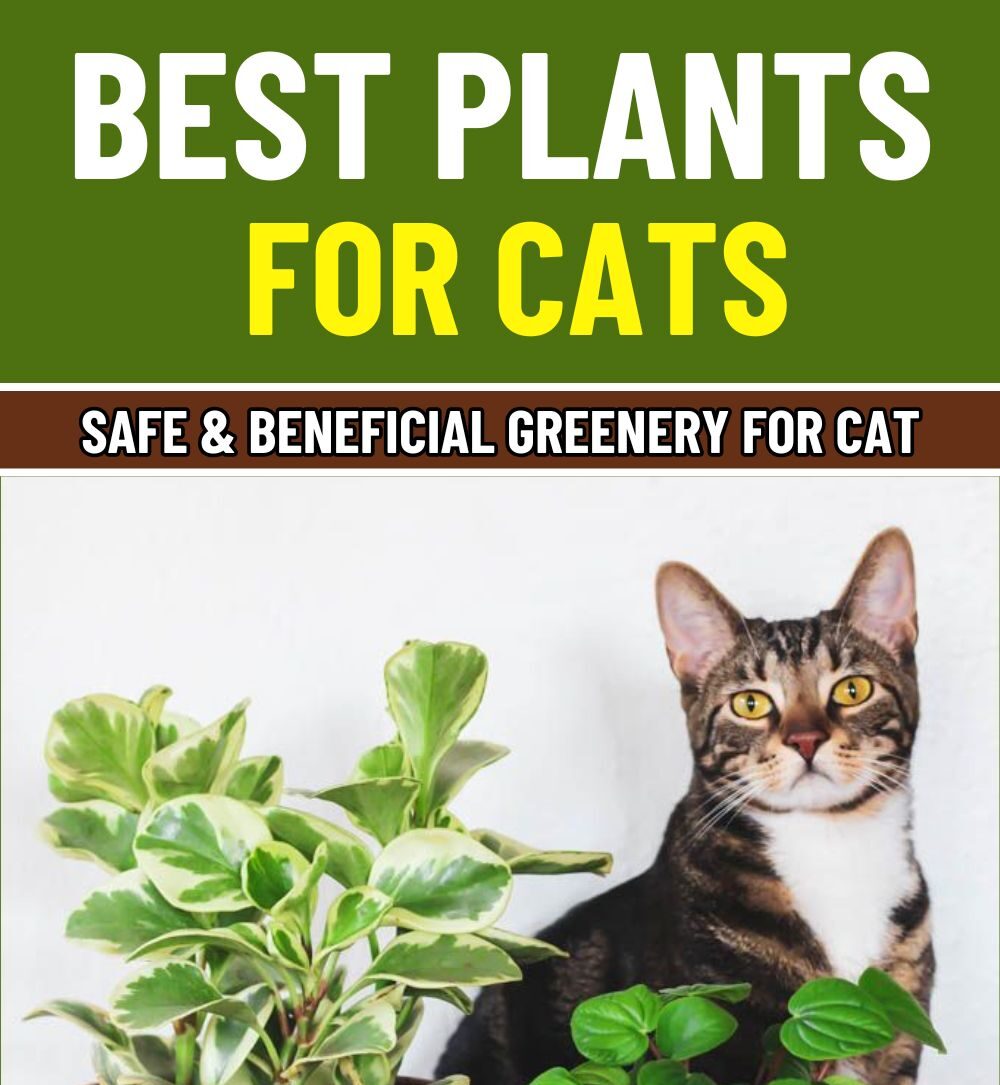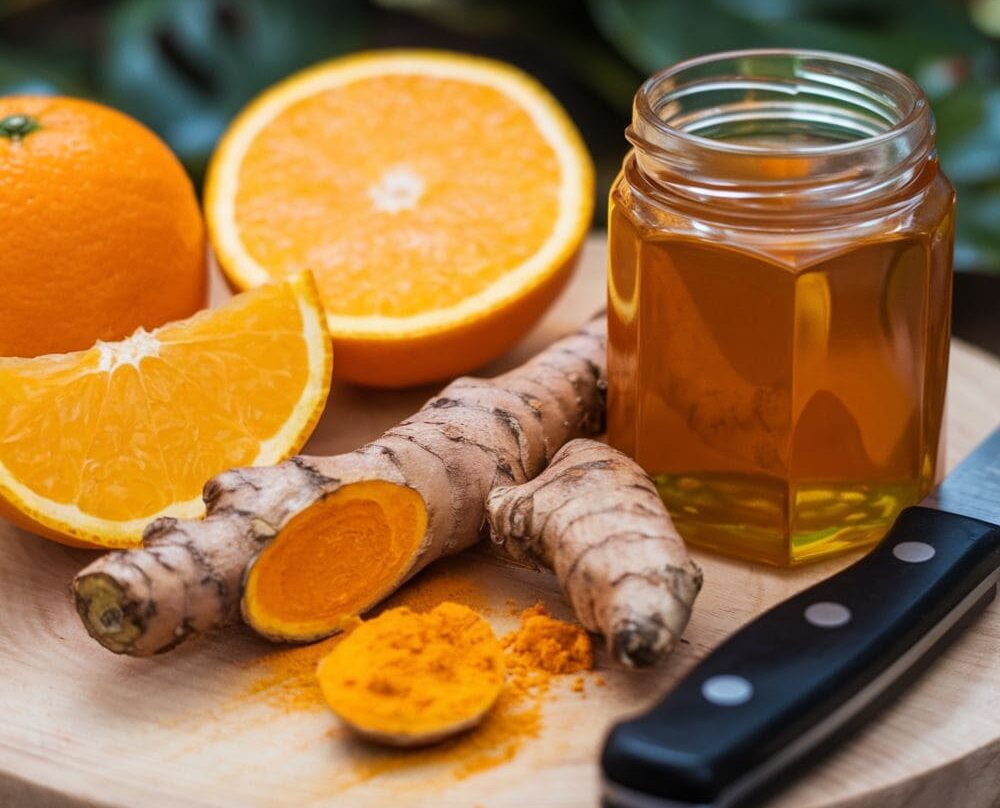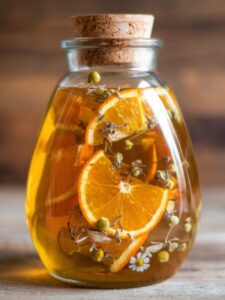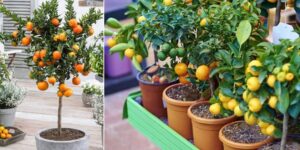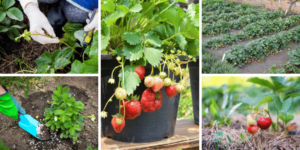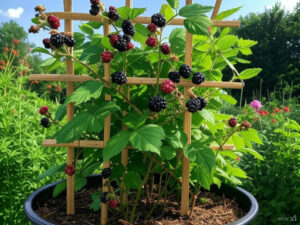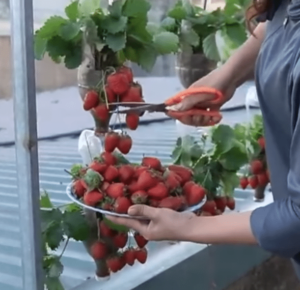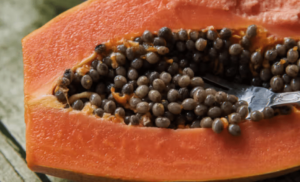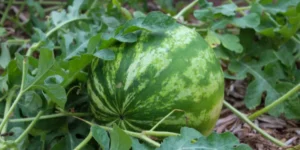The 8 Best Cat-Safe Plants: A Guide to Pet-Friendly Greenery
Do you love houseplants but worry about your feline friend’s safety? Many common plants, like lilies and pothos, are toxic to cats and can pose serious health risks. Fortunately, several cat-safe plants not only enhance your home’s aesthetics but also offer health benefits for your pet.
In this guide, we’ll explore the best non-toxic plants for cats, their benefits, and how to incorporate them into your home safely.
—
Why Choose Cat-Safe Plants?
Many houseplants contain toxins that can harm your cat if ingested. By selecting non-toxic greenery, you can create a pet-friendly environment without sacrificing your love for indoor plants. Additionally, some plants aid digestion, reduce stress, and provide enrichment for your cat.
—
Top 8 Cat-Safe Plants and Their Benefits
1. Cat Grass (Dactylis glomerata)
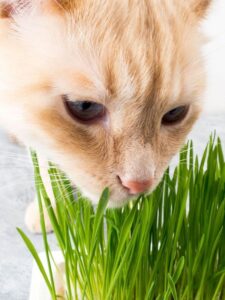
Cat grass is a mix of wheat, barley, rye, or oat grass, and cats love nibbling on it.
Benefits:
Aids digestion and prevents hairballs
Provides fiber to support gut health
Supplies essential enzymes for nutrient absorption
How to Use: Plant cat grass in organic soil and place it in accessible areas. Keep the soil moist for continuous fresh growth.
2. Catnip (Nepeta cataria)
Catnip is well-known for its stimulating effect on cats, thanks to the compound nepetalactone.
Benefits:
Encourages play and activity
Relieves stress and anxiety
Acts as a natural sedative when ingested
How to Use: Grow catnip in well-draining soil and allow your cat to nibble on the leaves. Alternatively, sprinkle dried catnip on toys or scratching posts.
3. Valerian (Valeriana officinalis)
For cats that don’t respond to catnip, valerian root is an excellent alternative.
Benefits:
Stimulates playful behavior
Has a calming effect post-play due to natural sedatives
How to Use: Grow valerian in a pot with well-draining soil and place it in a sunny spot. Offer small amounts to your cat to nibble on or dry the root and sprinkle it on bedding.
4. Lemongrass (Cymbopogon citratus)
Lemongrass has a pleasant aroma that naturally attracts cats.
Benefits:
Provides mental stimulation and enrichment
Promotes relaxation and activity
Freshens indoor air
How to Use: Grow lemongrass in rich, well-draining soil with bright, indirect sunlight. Offer occasional fresh leaves for your cat to sniff or nibble.
5. Chamomile (Matricaria chamomilla)
Chamomile is known for its calming and anti-inflammatory properties.
Benefits:
Reduces stress and anxiety
Aids digestion
Acts as a mild natural sedative
How to Use: Grow chamomile in a sunny spot indoors or in the garden. Sprinkle dried flowers in your cat’s bedding or water occasionally but avoid excessive use.
6. Areca Palm (Dypsis lutescens)
Areca palm is a great pet-safe indoor plant that also improves air quality.
Benefits:
Filters indoor air toxins
Offers an interactive texture for cats
How to Use: Place the palm in bright, indirect sunlight and ensure it has well-draining soil. While safe, limit excessive chewing by providing other interactive toys.
7. Spider Plant (Chlorophytum comosum)
Spider plants are non-toxic and known for their air-purifying abilities.
Benefits:
Encourages playful behavior
Helps purify indoor air
Requires minimal maintenance
How to Use: Pot spider plants in well-draining soil and place them in bright, indirect light. Monitor your cat to prevent excessive chewing, which can cause mild stomach upset.
8. Boston Fern (Nephrolepis exaltata)
Boston ferns add lush greenery to your home and are completely safe for cats.
Benefits:
Non-toxic and cat-friendly
Enhances humidity in dry environments
Provides a fun texture for cats to explore
How to Use: Grow Boston ferns in organic, well-draining soil and keep them in indirect sunlight. Mist regularly to maintain humidity.
—
Tips for a Cat-Friendly Green Space
Choose safe spots: Place plants in accessible locations where your cat can interact with them safely.
Rotate plants: Keep multiple cat-safe plants and switch them around to maintain your cat’s interest.
Use hanging planters: Keep some greenery out of reach while still enhancing your home decor.
—
Precautions and Best Practices
Even non-toxic plants can cause mild stomach upset if ingested in large quantities. Follow these best practices:
Use organic soil and avoid chemical pesticides or fertilizers.
Monitor your cat when introducing new plants.
If your cat exhibits unusual symptoms, consult a veterinarian immediately.
—
Final Thoughts
Creating a cat-friendly indoor garden doesn’t mean sacrificing your love for houseplants. By choosing non-toxic, beneficial greenery, you can create a safe, enriching space for your feline friend while keeping your home vibrant and fresh.
—
Disclaimer:
This article is for informational purposes only and is not a substitute for professional veterinary advice. Always consult your vet before introducing new plants into your cat’s environment.
Share this content:
